From historic castle towns to the dazzle of downtown Tokyo, experience the essence of Japan past and present, delving into art, cuisine, and spiritual traditions in great cities and stunning rural areas.
Eternal Japan
13 days from $8,384 | includes airfare, taxes and all fees
From historic castle towns to the dazzle of downtown Tokyo, experience the essence of Japan past and present, delving into art, cuisine, and spiritual traditions in great cities and stunning rural areas.
Tour Details
TOUR BROCHURE
brochureWHAT OUR TRAVELERS SAY
- Suzanne and Peter C.Hard to top this trip! It was well planned and the opportunity to see smaller cities such as Takayama made this trip very special. There was no way could we have seen, experienced and learned so very much about this country on our own … especially over a limited number of days! Very good value. This was our second Smithsonian journey and, as we experienced with our first, excellent arrangements, enrichment program, and educational impact. This was simply an outstanding introduction to Japanese culture; it topped our expectations.
- Carol M.This was a top quality tour! Fabulous rooms, and delicious meals. The best part though is the exceptional tour guides and experts that took us on this amazing journey through Japan. I learned so much and felt completely cared for from them as we traveled from one city to the next. I would recommend traveling with Smithsonian to all my friends and family without hesitation!
- Nicky S.This tour really gave us insights into the culture and language of Japan we couldn't have gotten any other way.
- Cheryl B.This Smithsonian Journeys trip exceeded my expectations. The quality of leadership and their narratives, the hotels, and local guides make my trip rich beyond words. Thank you Smithsonian for a special life experience.
JOURNEYS DISPATCHES
To view a section, please click on an option below.
* Click on hotel name to visit hotel web-site.
Dai-ichi Hotel Tokyo
Tokyo, Japan
This modern hotel is centrally located in Tokyo and sits close to the city’s popular Ginza area. Hotel facilities and amenities include several restaurants, a bar, fitness center, sauna, salon, complimentary Wi-Fi Internet access, and dry cleaning and laundry service. Each of the air-conditioned guest rooms have a private bath with hairdryer, mini-bar, TV, and phone
Keio Plaza Hotel Tokyo
Tokyo, Japan
The Keio Plaza Hotel enjoys a prime location in the heart of Tokyo, close to several dining and entertainment options and just a five-minute walk from Shinjuku Station. Hotel facilities and amenities include several restaurants/bars, rooftop sky pool with skyline views, reflexology salon, fitness center, in-room Shiatsu massages (for a fee), laundromat, and dry-cleaning and laundry service (for a fee). Each air-conditioned guest room has private bath with hair dryer, minibar, TV, phone, and complimentary Wi-Fi internet access (guest rooms only).
Hakone Setsugetsuka (ryokan)
Kanagawa, Japan
Setsugetsuka sits just a minute’s walk away from Gora Station in the small hot springs town of Hakone. This traditional ryokan offers a Japanese-style lodging experience where guests can enjoy a dip in the public outdoor onsen bath; dine upon fresh, local Japanese food at dinner; and experience sleeping in a Japanese-style room with private bathroom. Water is pulled from two private springs, and the ryokan offers traditional décor and a tranquil atmosphere for our one-night stay. Air-conditioned guest rooms offer private bath with hair dryer, tea-making facilities, and TV. Per Japanese tradition, shoes must be removed in bedrooms at this ryokan.
Hida Hotel Plaza Takayama
Takayama, Japan
Centrally located near the railway station and a five-minute walk from Miyagawa morning market, the 283-room Hida Hotel Plaza Takayama features several restaurants, lounges, and a sake bar; beauty salon; gift shop; indoor swimming pool, spa, and sauna; Internet access; and a roof-top pool with commanding views of the northern Japanese Alps. Guest rooms have private bath with hair dryer, refrigerator, TV, and phone.
Takayama Green Hotel
Takayama, Japan
Sitting in the heart of Takayama, this hotel is close to many famous landmarks and sites including the Hida Takayama Museum of Art, the Takayama Jinya, and the Miyagawa Morning Market. This simple but modern hotel features several restaurants, a bar, complimentary Wi-Fi internet access, and laundry and dry-cleaning services (for a fee), as well as a sauna, hot spring bath, and open-air onsen bath (all for a fee). Each of the air-conditioned guest rooms has a private bath with hair dryer, in-room safe, TV, minibar, and phone.
Hotel Nikko Kanazawa
Kanazawa, Japan
Conveniently located within walking distance of some of Kanazawa's most popular sights, the 260-room Nikko Kanazawa combines a refined European atmosphere with the beauty of the four seasons. Hotel amenities include several restaurants, lounges, and bars; and an indoor swimming pool, fitness center, sauna, and Jacuzzi. Guest rooms have private bath with hair dryer, mini-bar, tea- and coffee-making facilities, Internet access, TV, and phone.
The Thousand Kyoto
Kyoto, Japan
Just opened in the summer of 2019, The Thousand Kyoto offers an elegant and contemporary stay in the heart of Kyoto. With soaring interior spaces, understated yet sophisticated décor, and a variety of amenities, The Thousand Kyoto ranks as a perfect place from which to explore this fascinating city. The hotel boasts a Japanese restaurant, an Italian restaurant, a tea room with tea-infused cocktails, fitness center, spa with a range of treatments (for a fee), complimentary Wi-Fi internet access, and laundry and dry cleaning services (for a fee). Air-conditioned guest rooms are designed according to a minimalist Japanese aesthetic and have private bath with hair dryer, tea-making facilities, TV, and phone.
Hiroshima Post-Tour Extension — 3 Days, 2 Nights
Discover the city reborn from the atomic destruction of World War II, a modern and cosmopolitan urban center whose residents warmly welcome American visitors. Your tour extension price includes:
- Rail transportation on the bullet train Kyoto/Hiroshima; Hiroshima/Osaka
- 2 nights accommodations at Hotel Granvia Hiroshima
- 4 Meals: 3 breakfasts, 1 lunch
- Extensive included sightseeing: Isukushima Shrine; Mt. Misen Ropeway; Hiroshima touring by local “Hiroden” train; visit to Peace Memorial Park and Museum; Atomic Bomb Dome
- Services of a professional Tour Director
- Gratuities to Tour Director, dining room servers, hotel porters, and drivers
Hotel Granvia Hiroshima
Connected to JR Hiroshima Station, the Hotel Granvia Hiroshima offers direct access to several of Hiroshima’s most popular sites, including Peace Memorial Park and Miyajima Island. The hotel offers five restaurants, bar, and lounge; laundry and dry cleaning services; hair salon; gift shop; Internet access; and safe deposit boxes. Air-conditioned guest rooms have private bath with hair dryer, mini-bar, TV, and phone.
Expectations: This Classic Land Journey will feature long touring days, many full-day excursions, and more active options in some destinations. Excursions require standing and walking for extended periods of time on uneven terrain (cobblestones, city hills, stairs without handrails, ruins, steep trails with muddy and slippery conditions), navigating some steep ascents/descents, and walking in city centers where coaches are prohibited. The itinerary includes travel by local train as well as some early morning departures and late evening arrivals. Leisure time may be limited (sometimes only in the later evenings).
Appropriate for: Travelers who are physically fit, lead active lives, are comfortable participating in long days of activities, and expect some physical exertion.
WHAT OUR TRAVELERS SAY
- Suzanne and Peter C.Hard to top this trip! It was well planned and the opportunity to see smaller cities such as Takayama made this trip very special. There was no way could we have seen, experienced and learned so very much about this country on our own … especially over a limited number of days! Very good value. This was our second Smithsonian journey and, as we experienced with our first, excellent arrangements, enrichment program, and educational impact. This was simply an outstanding introduction to Japanese culture; it topped our expectations.
- Carol M.This was a top quality tour! Fabulous rooms, and delicious meals. The best part though is the exceptional tour guides and experts that took us on this amazing journey through Japan. I learned so much and felt completely cared for from them as we traveled from one city to the next. I would recommend traveling with Smithsonian to all my friends and family without hesitation!
- Nicky S.This tour really gave us insights into the culture and language of Japan we couldn't have gotten any other way.
- Cheryl B.This Smithsonian Journeys trip exceeded my expectations. The quality of leadership and their narratives, the hotels, and local guides make my trip rich beyond words. Thank you Smithsonian for a special life experience.
Highly Recommended
Also Recommended
*As an Amazon Associate, Smithsonian Journeys earns from qualifying purchases.
For the convenience of our travelers, Smithsonian Journeys includes a basic medical expense and evacuation plan through Trip Mate, a Generali Global Assistance & Insurance Services brand, at no additional charge. This plan provides post-departure Medical and Dental coverage of $250,000 per person and Emergency Assistance and Transportation coverage of $1,000,000 per person (U.S. Residents Only). Note: For full details regarding these coverages please review the following Plan Documents here.
In addition, we recommend that travelers purchase a travel protection plan to help protect their travel investment from unforeseen events such as cancellation due to illness, flight delays due to adverse weather, baggage loss, and more. For your convenience, Smithsonian Journeys offers an optional Travel Protection Plan administered by Trip Mate, a Generali Global Assistance & Insurance Services brand. For those interested, optional "Cancel for Any Reason" coverage is available for an additional charge. Note: Certain eligibility requirements apply and Cancel for Any Reason coverage is not available to New York residents. For full details regarding this coverage please review the following Plan Documents here.
To learn more about the Travel Protection Plan, you may visit https://www.generalipartner.com/smithsonianjourneys or call the administrator, Trip Mate, a Generali Global Assistance & Insurance Services brand at (866) 501-3252.

/https://tf-cmsv2-journeys-media.s3.amazonaws.com/filer/42/9b/429baa34-0e27-43a2-8c86-c407963e9686/jpn_kyoto_higashiyamadistrict_ist_924114674.jpg)
/https://tf-cmsv2-journeys-media.s3.amazonaws.com/filer/92/7d/927d3e61-c78e-4ea2-8136-be7ae18c75a6/jpn_kyoto_monk_chijon-jibuddhistshrine_ist_638800102.jpg)
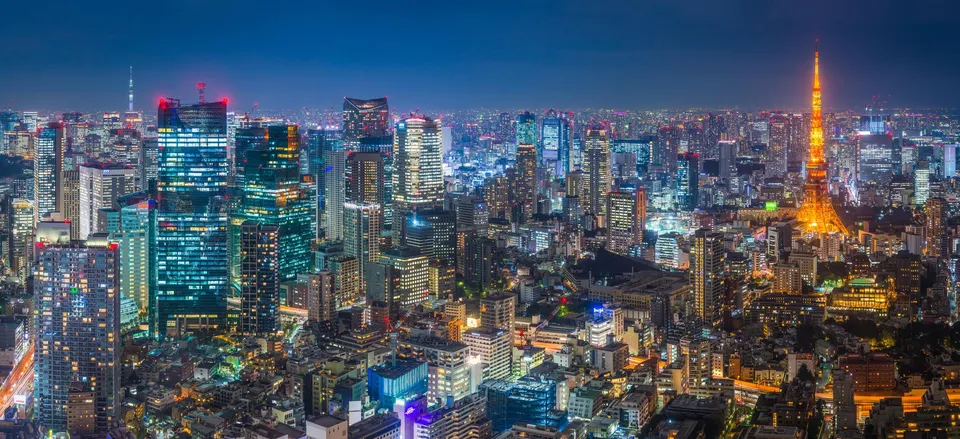
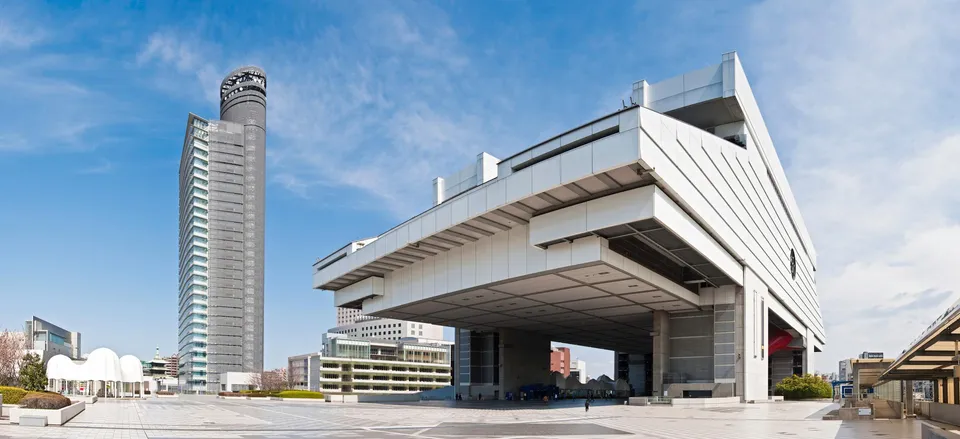
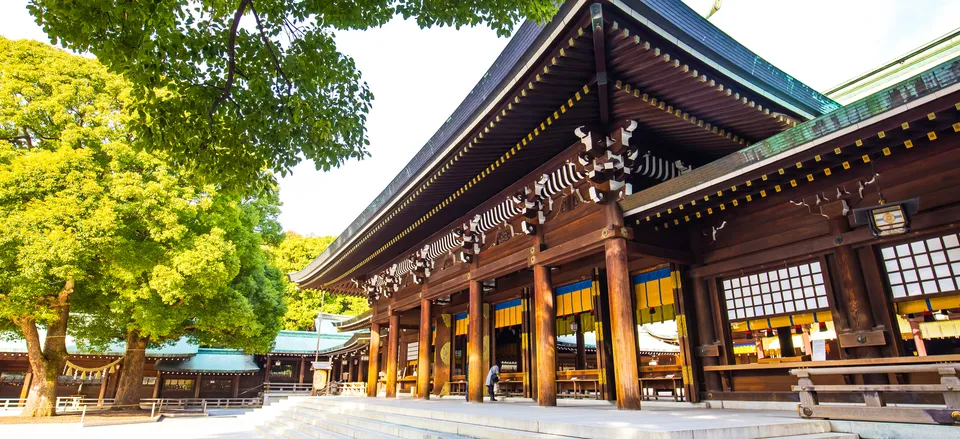
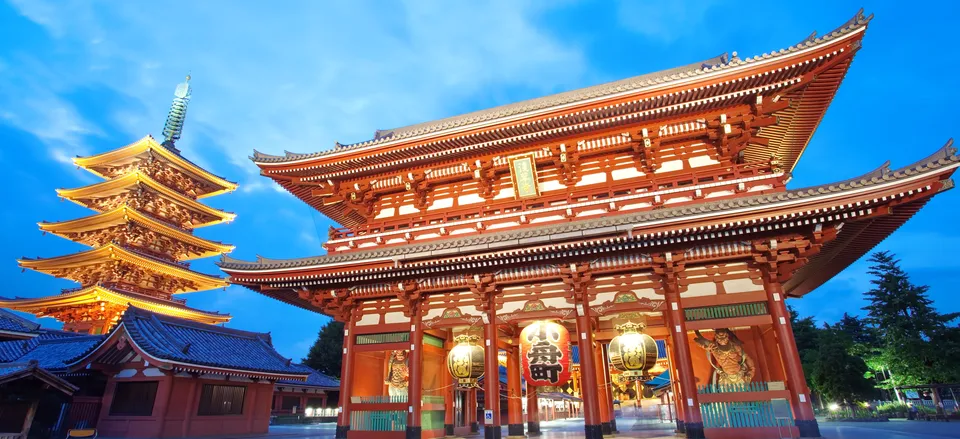
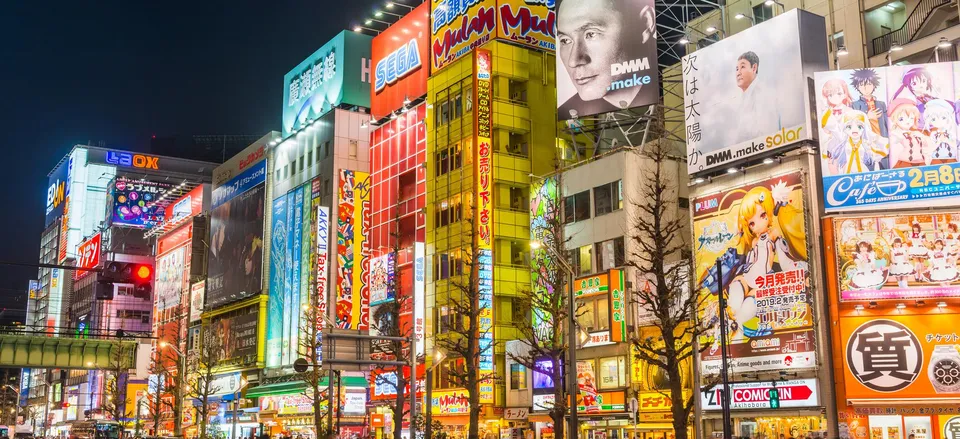
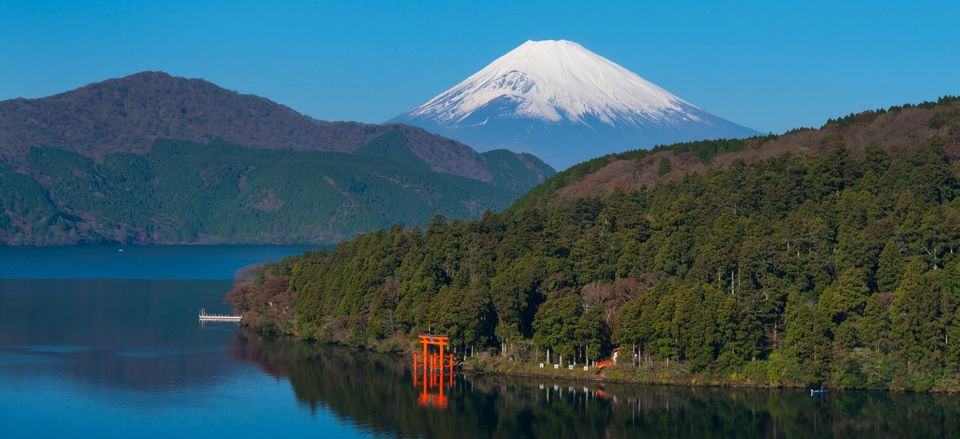
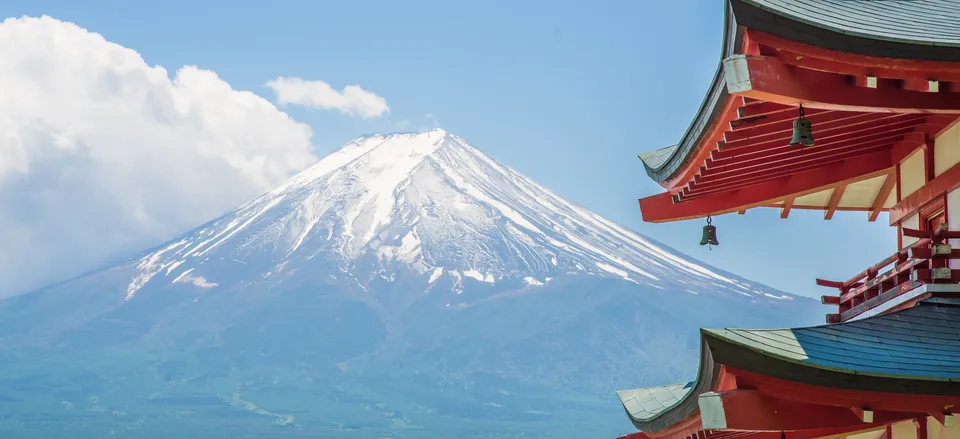
/https://tf-cmsv2-journeys-media.s3.amazonaws.com/filer/73/2f/732f7488-9b54-4ef9-8d8b-46a6aaab4d30/jpn_takayama_oldtown_ss_1163727046.jpg)
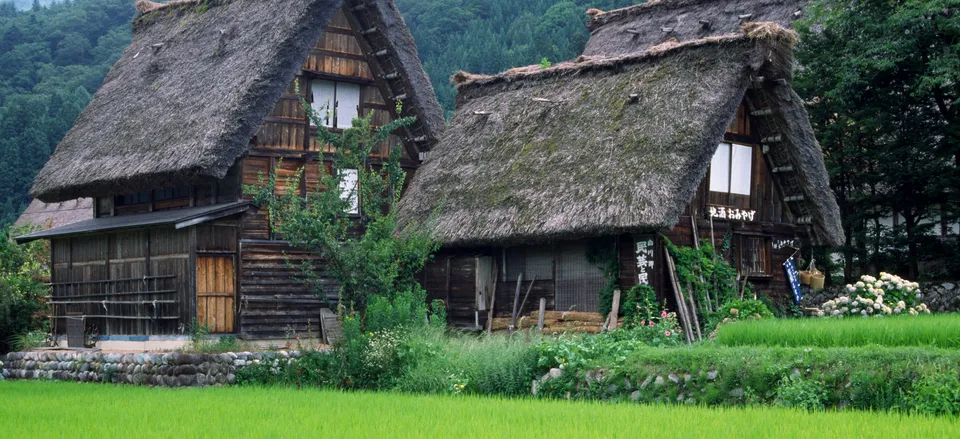
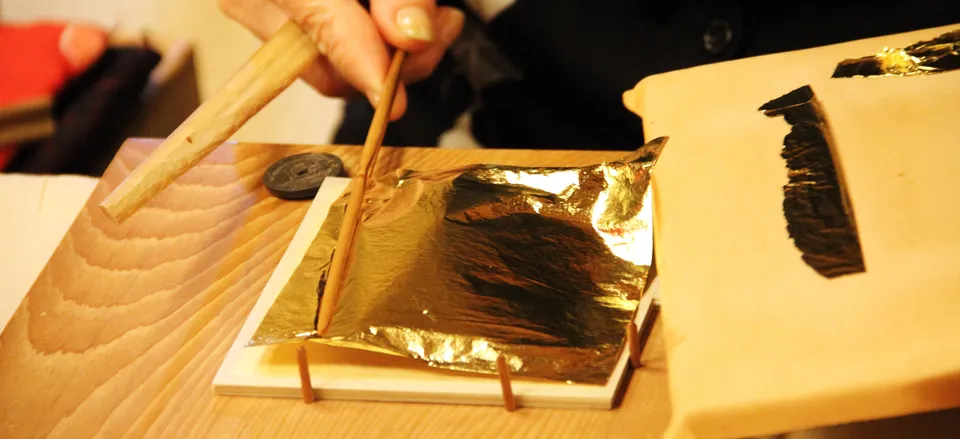
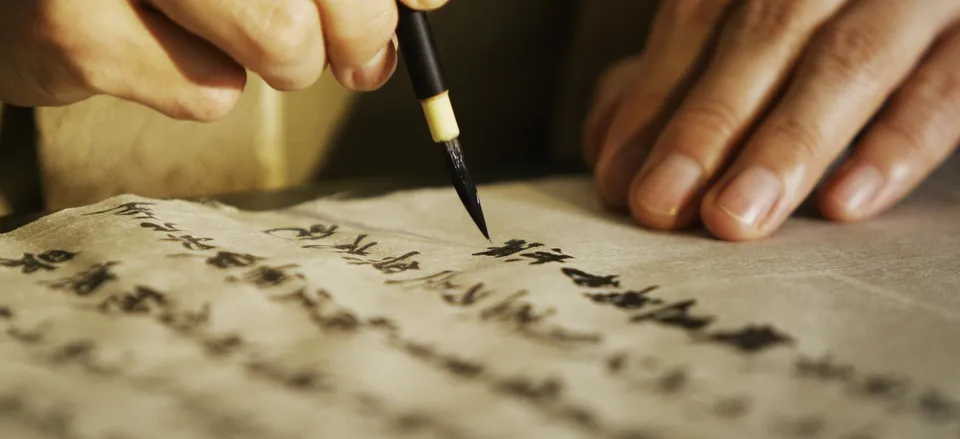
/https://tf-cmsv2-journeys-media.s3.amazonaws.com/filer/86/75/8675910e-e5cb-46d4-8c7d-3c40559edb96/jpn_teaceremony_ist_543684600.jpg)
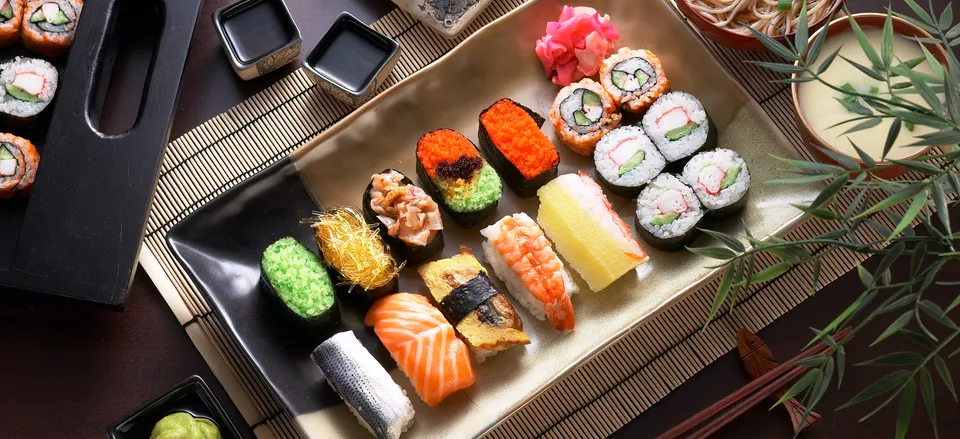
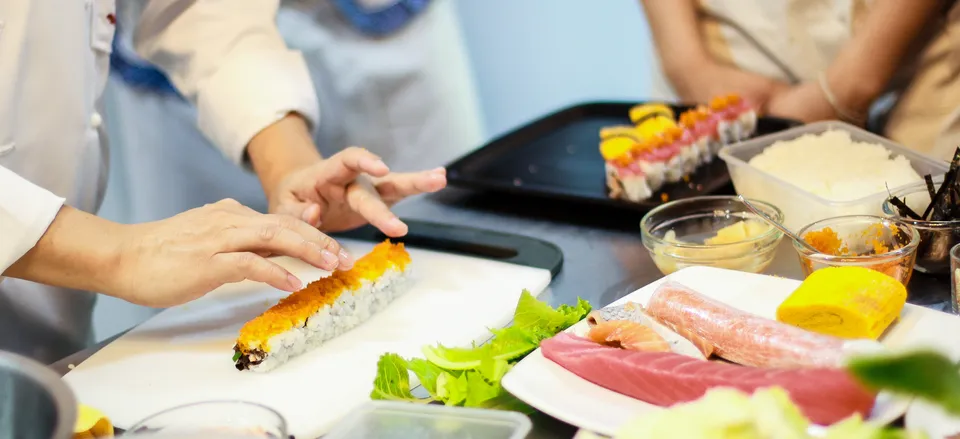
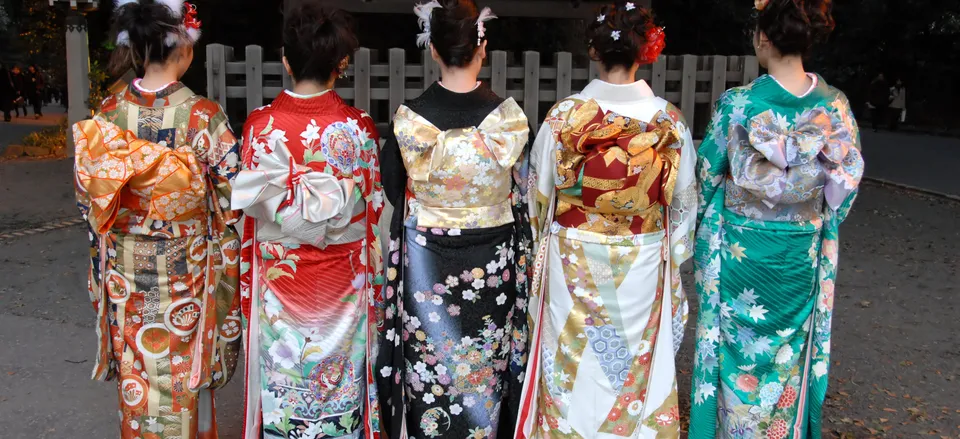
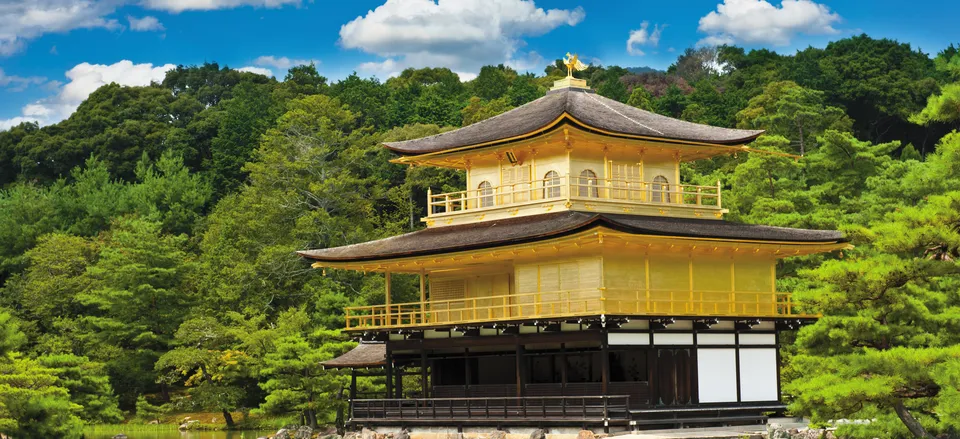
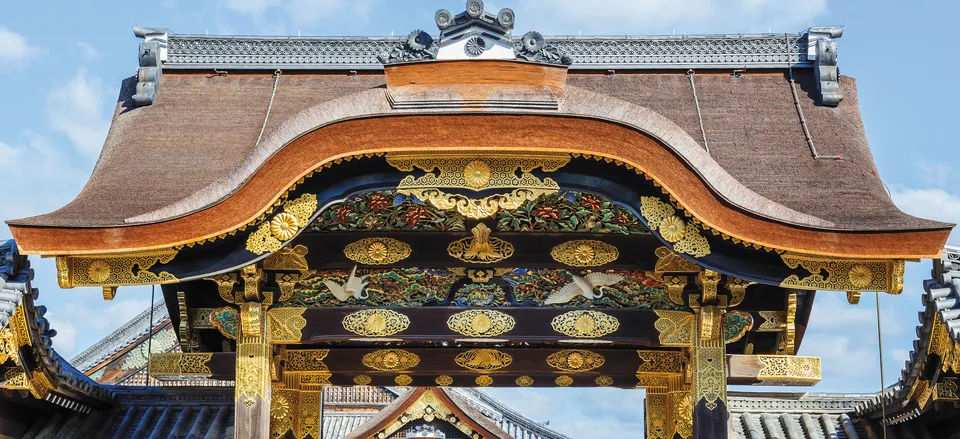
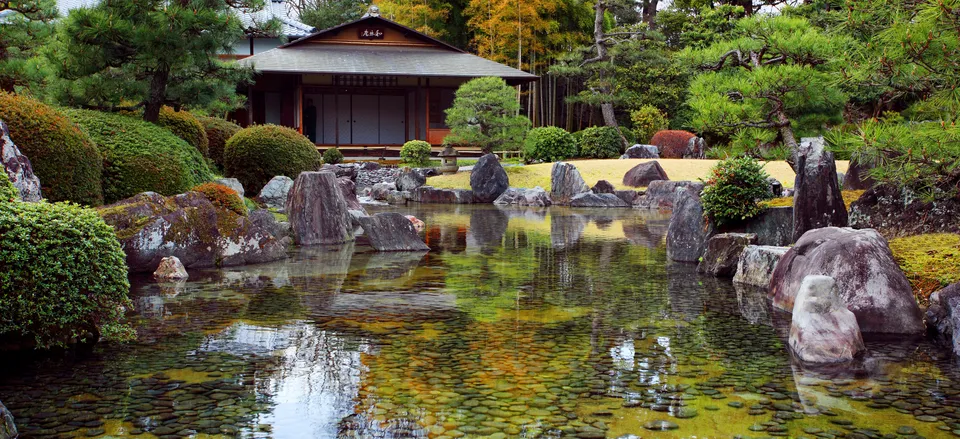
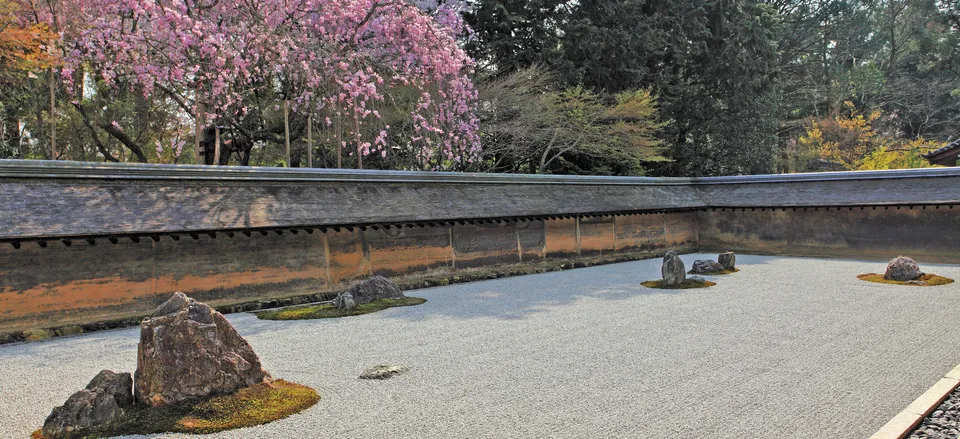
/https://tf-cmsv2-journeys-media.s3.amazonaws.com/filer/c7/55/c7556565-88bc-40db-9a4d-ca19132cb82b/jpn_nara_kofukujitemple_dt_37534221.jpg)
/https://tf-cmsv2-journeys-media.s3.amazonaws.com/filer/1f/4f/1f4ffde2-73fb-4c64-9495-fc28902bcf76/jpn_nara_todaijitemple_dt_xl_29207576.jpg)
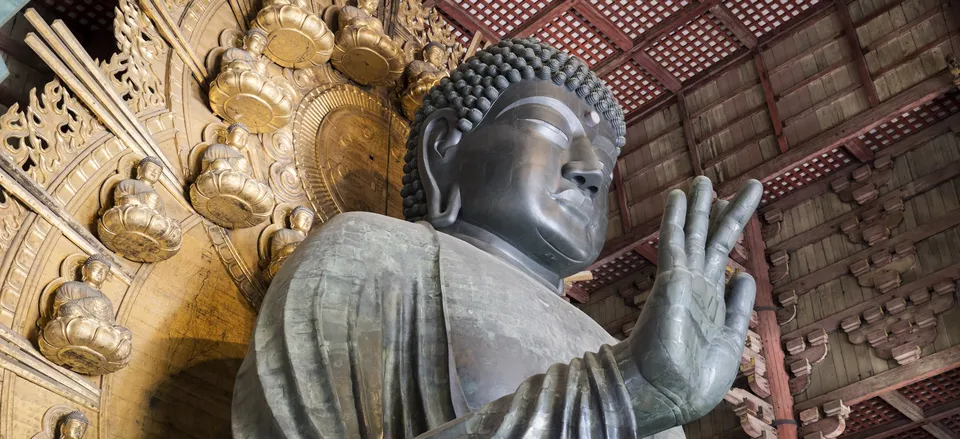
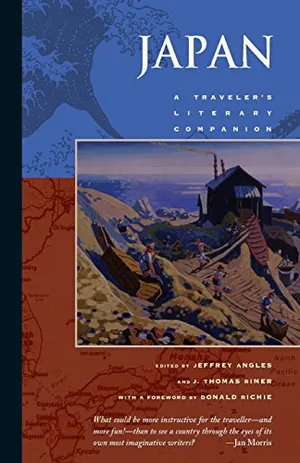
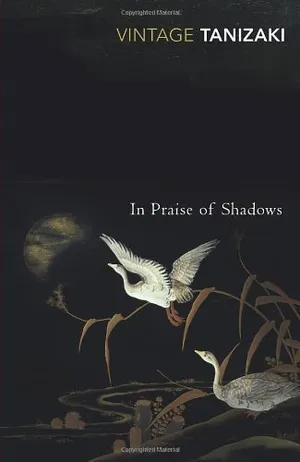
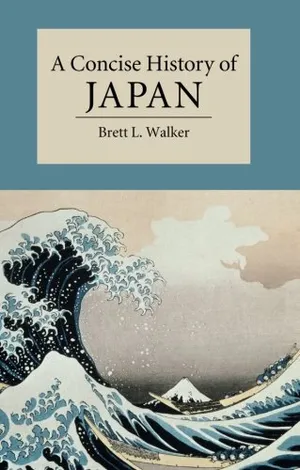
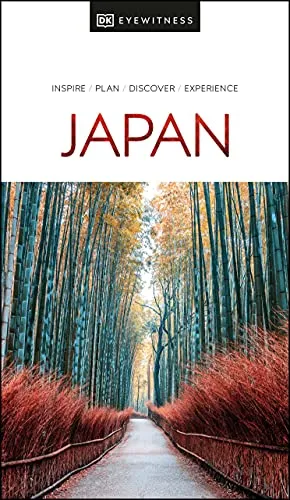
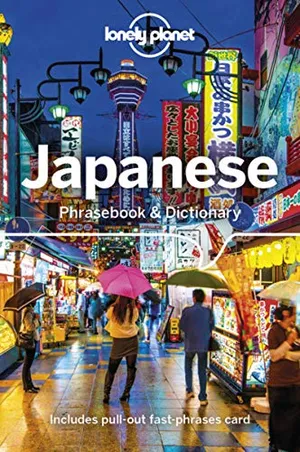
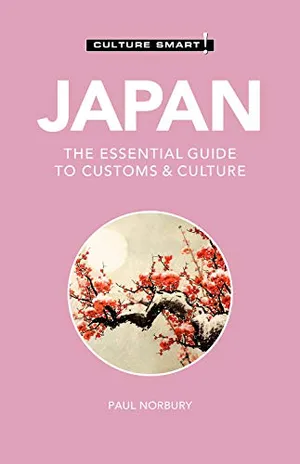
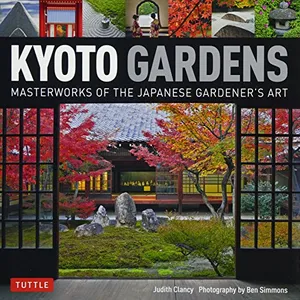
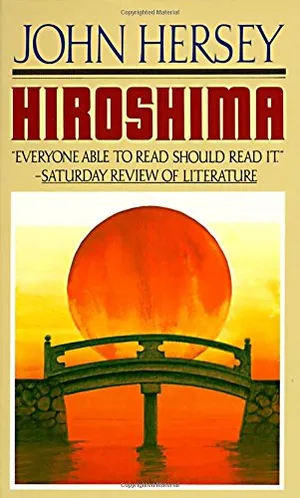
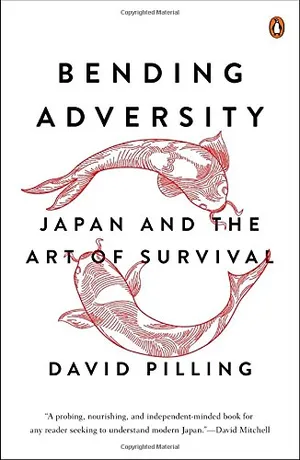
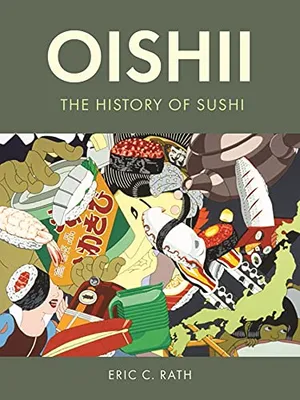
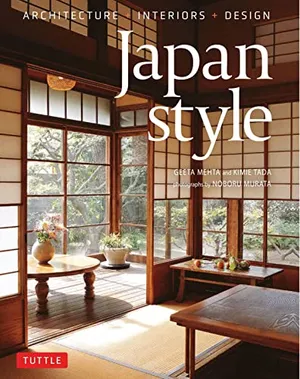
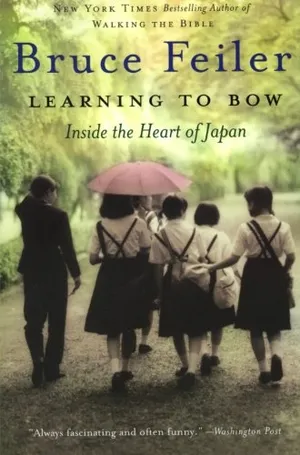
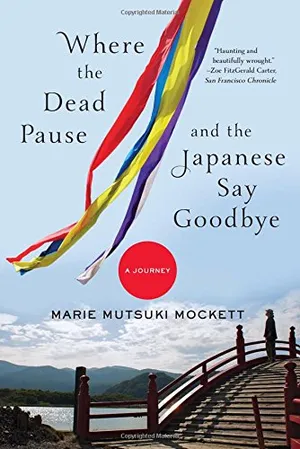

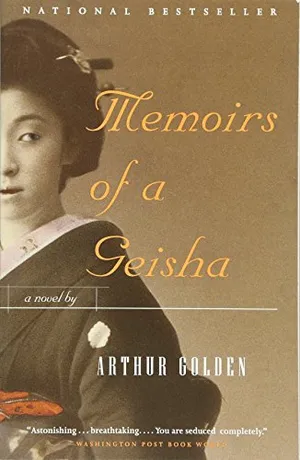
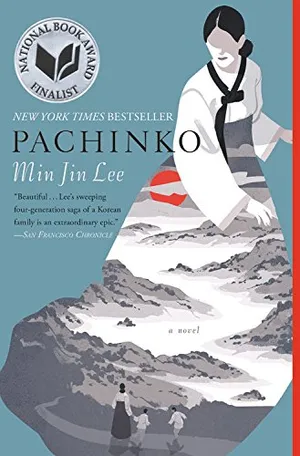
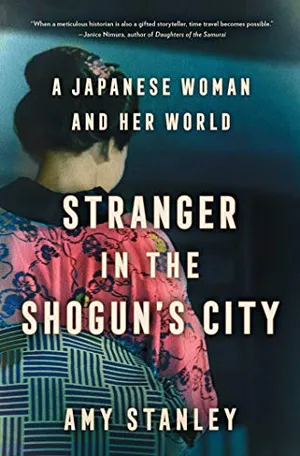
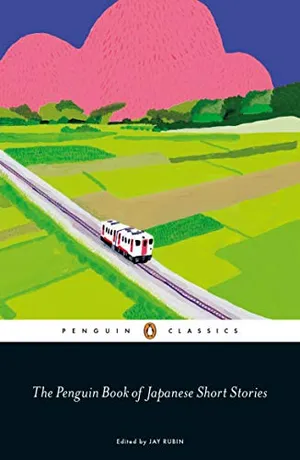

/https://tf-cmsv2-journeys-media.s3.amazonaws.com/filer/cc/94/cc9461b0-e696-4b73-8ead-90dfe60a2848/family_jpn_dinner_ist_000020604142_full.jpg)
/https://tf-cmsv2-journeys-media.s3.amazonaws.com/filer/03/99/03997e6c-0d52-41c2-8430-2693c2ad6244/jpn_kyoto_goldenpavilion_kinkaku-ji_dt_xl_21999278_forweb.jpg)
:focal(1657x1199:1658x1200)/https://tf-cmsv2-journeys-media.s3.amazonaws.com/filer/21/2d/212d5f96-80f7-4685-9fb3-b38ea1f266a1/vtn_yen_bai_terraced_field_hoang_long_ly.jpg)
/https://tf-cmsv2-journeys-media.s3.amazonaws.com/filer/5d/66/5d66c19f-1dc4-48c0-8f32-16a80d625f9b/jpn_miyajima_itsukushimatoriigate_dt_xl_26226802_forweb.jpg)
:focal(3575x1752:3576x1753)/https://tf-cmsv2-journeys-media.s3.amazonaws.com/filer_public/99/3f/993f7b34-eda6-48ec-9dd5-b7b918c8cf6c/jpn_matsuecastle_ss_1100296799.jpg)